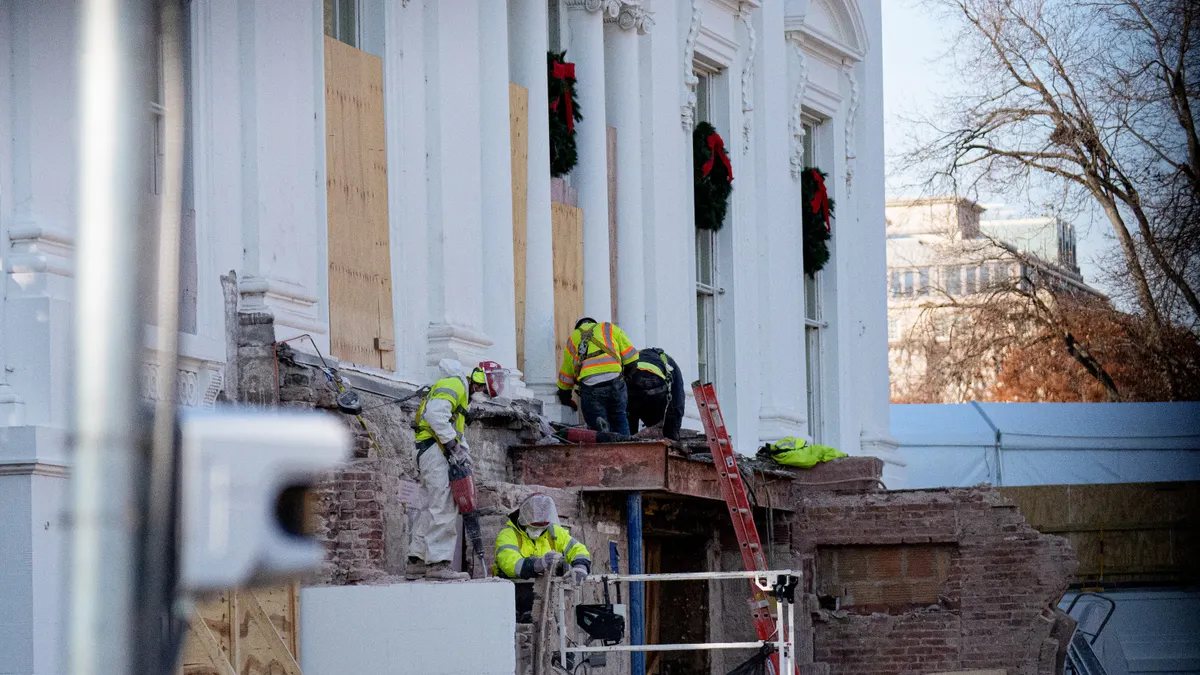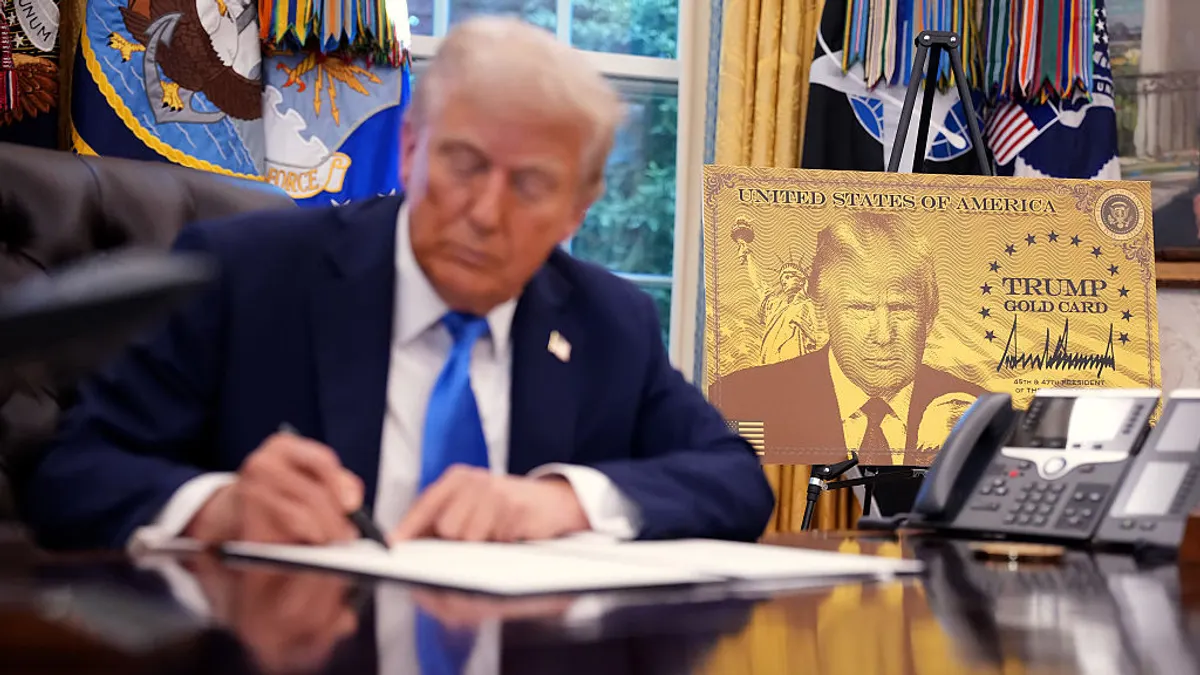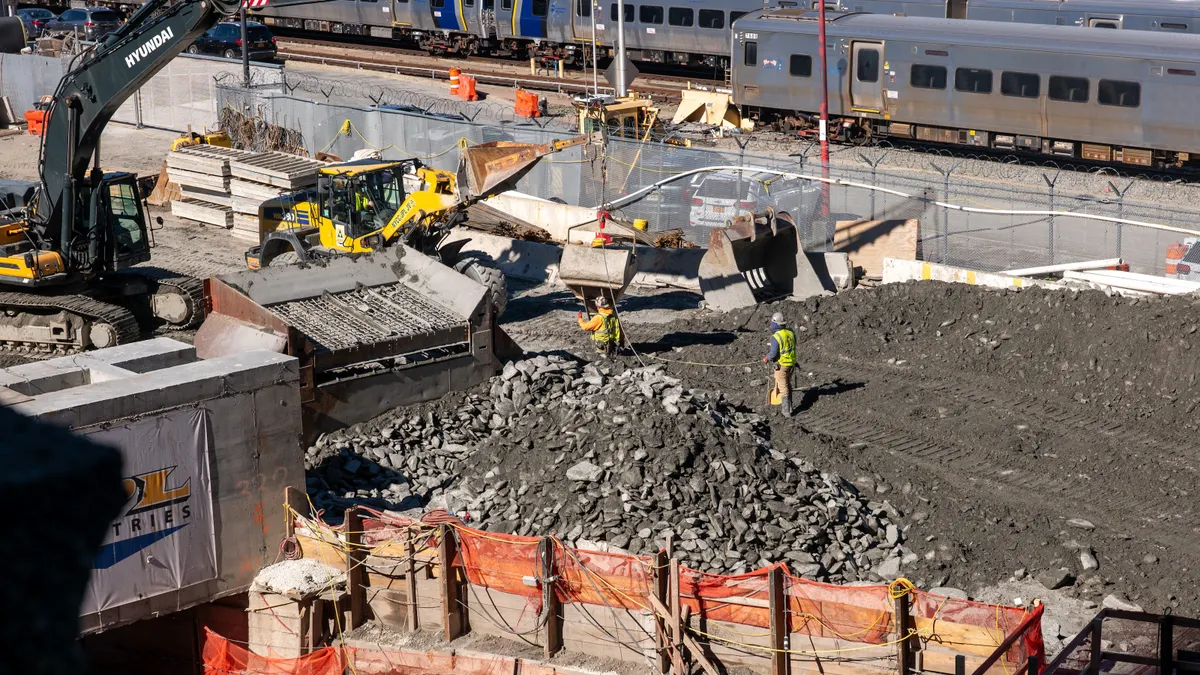Although contractors, real estate agents and others who want to use drones as a business tool are complaining that the Federal Aviation Administration is taking too long to legalize the small, unmanned aircrafts, the prolonged wait could be a chance for future “pilots” to educate themselves and prepare their companies for the new technology.
Although the FAA has promised to unveil regulations this year that will clarify which kinds of drone activity are legal for commercial purposes and which licenses, paperwork and limitations are required, most business and government analysts have predicted it could be another year or more before the rules are set.
For now, flying drones is permitted only by hobbyists and for recreational purposes.
In the meantime, a cottage industry of drones-for-hire — companies that have won an FAA exemption that allows them to fly the devices for others who want aerial photography of properties for sale or jobs in progress, for instance — has sprung up. So has a cadre of lawyers specializing in helping businesses win FAA exemptions — and in defending those without permission who get caught flying the craft.
Navigating red tape
Still, the FAA’s eventual thumbs-up for the commercial use of drones won’t make their adoption easy or automatic. Along with the economic opportunities that will come with the legal and commercial use of the miniature aircraft will be a slew of regulations designed to keep the skies safe, prevent accidents and protect privacy.
"A lot of folks out there don't understand the risk they are getting into when they operate near an airport,” Jim Williams, manager of the FAA’s UAS Integration Office, told Realtors who attended the National Association of Realtors’ annual legislative meeting last month. “It's potentially very dangerous."
In fact, flying drones is potentially more expensive and legally risky than many contractors might believe. Aside from the price of the device — which could range from $500 to $50,000, depending on its size and capabilities — users need special insurance coverage in case of a mishap.
Pre-flight planning
Here are 10 things for contractors to consider before deciding whether to incorporate the use of drones into their businesses:
1. Don’t fly a drone until the FAA says it’s OK. The penalty for doing so is usually a fine, and that’s often accompanied by a bill from the lawyer who defends the company. The National Association of Realtors has advised real estate professionals to hold off on using drones for marketing purposes unless they have a waiver, or to hire a company that has qualified for an exemption.
2. While the FAA has approved only a few hundred waivers — called Section 333 exemptions — to allow the use of drones for commercial use, it’s getting easier to win one, Williams told the Realtors. The process can still take months and requires a lot of documentation, but Williams said his agency is approving more than 20 waivers per week.
3. Even “pilots” with waivers may not fly their drones near airports. Some waivers restrict flying within five miles of an airport, while others require the devices to stay at least two miles away. The final rule likely will include similar restrictions for using drones near airports.
4. The FAA so far has said it will insist that drone operators keep their devices in their sight — without the aid of binoculars — at all times, which means it will be illegal to fly the crafts over wide areas or those with obstructed views. Drones also won’t be allowed to fly higher than 500 feet above ground, according to proposed regulations issued earlier this year by the FAA.
5. Likewise, preliminary rules prohibit any drones from flying over people who are not participating in the flight. So a construction company using drones to monitor job-site safety or to keep an eye on a vacant work area will have to take care not to allow the devices to swerve over sidewalks or streets where pedestrians or drivers might pass by.
6. In the proposed regulations, the FAA defined drones for commercial use as those weighing less than 55 pounds. That weight includes cameras or other information-collecting devices that are attached to the drone.
7. All drones will have to be registered with the FAA, and all “pilots” will be required to pass a test on aeronautics in order to get a certificate allowing them to fly the devices. That certification will have to be renewed every two years.
8. The commercial general liability insurance that most businesses carry does not typically cover accidents, damage to the drone or to property belonging to others, or injuries caused by a drone crash or collision. Many insurers have started offering separate coverage for unmanned aircrafts. As drones become a familiar business tool, general policies will begin to cover them, says attorney Jackson B. Boyd, who specializes in construction law for Ober Kaler in Washington and Baltimore.
9. Boyd also advises contractors to include every employee who will participate in drone flights. And he says some insurance policies exclude coverage if a crash results from an electronic malfunction or equipment failure. Look for a policy without those exclusions.
10. Finally, Boyd encourages businesses to create specific, written guidelines for how the company will use drones. He suggests identifying and training all employees who will use them; defining the purpose of drone flights; and making a flight plan for every drone “mission” — documenting where it will fly and whether it will glide over homes, streets and other populated spaces.



















